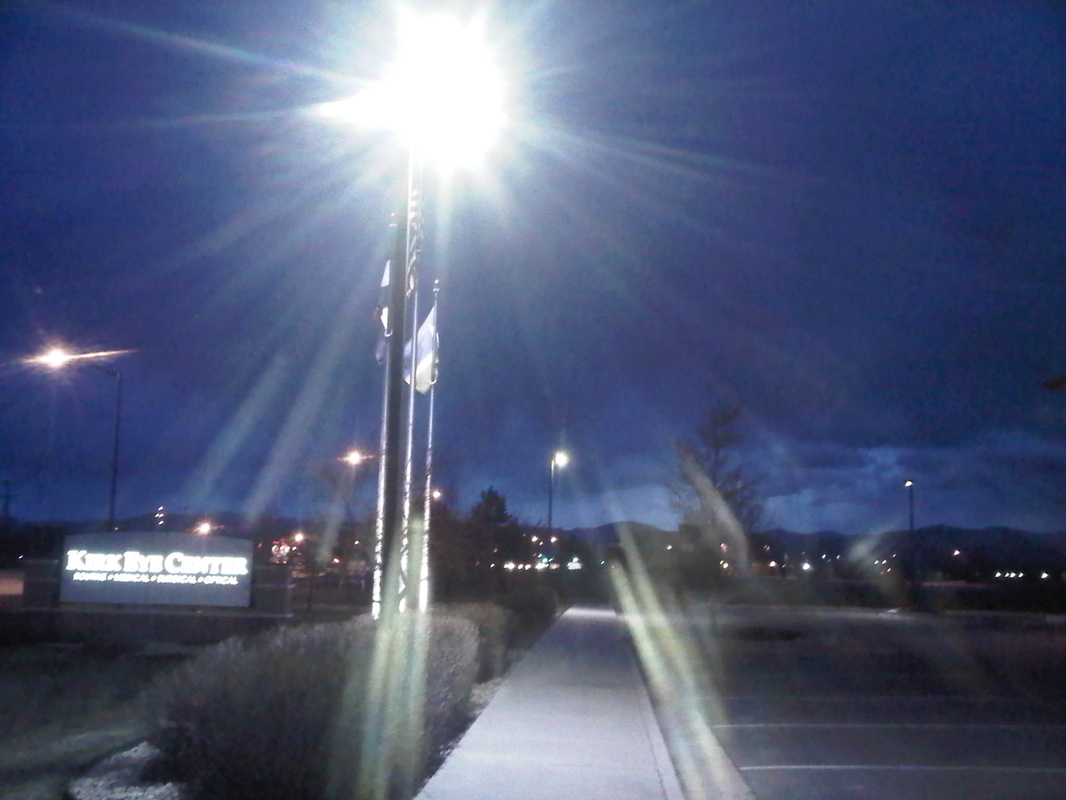- Current lighting is consuming a very large amount of energy
- Current lighting is hard to access for maintenance
- Current lights require constant changing (large number of lights, so always some going bad)
- Current lighting creates excess heat in an area that needs to stay cool
- The area being lit regularly experiences vibrations or lights need to be durable
- Areas surrounding the area being lit should not be lit
- The area needs to be Dark Sky compliant
- Lights in this area are turned off and on regularly
- Instant full intensity lighting is desirable
- Environmentally friendly disposal is not easily achieved
|
As everyone evaluates newer technologies like LED lighting, a common question comes-up - is it worth it for my situation? Here are some signs that a situation warrants a closer look at LED lighting...
0 Comments
However, there are also many differences that are important that can be easily seen by the naked eye. One example of this is the directional nature of the light that is produced by LED lights. This enables the energy being produced to be emitted focused in a particular direction, rather than in all directions as with most traditional light sources. One side effect of the way traditional light sources emit light is that much of the light often is emitted in a (or many) direction(s) other than that which is desired. This is extremely inefficient because much of the brightness of the light is lost in the process of redirecting the light back toward the desired direction.
Another of the most obvious differences that occurs immediately when you turn on an LED light is the simple fact that the light turns on essentially immediately. In contrast, many traditional lights can take several seconds up to many minutes to turn on, and even longer if they are turned on and off, then back on again. So, why is this? Light Emitting Diodes, or LEDs as they are commonly referred to, use a different technology than traditional, incandescent light bulbs. LEDs, as their name would suggest, emit light. But instead of this happening through the heating of a lighting element such as Tungsten that occurs in an incandescent light, LEDs emit light through the movement of electrons and the resulting release of photons. To learn more, see this Wikipedia entry. What is important about this is that it occurs at an atomic level and requires much less energy for the light to be emitted.
As referenced earlier, another key characteristic of LEDs that contributes to their reduced energy usage is the fact that they do not radiate heat in the same way that incandescent light bulbs do. This not only is more efficient in the production of light, but also, the lack of heat being generated in producing the light means that very little or no energy needs to be consumed to cool the light or the surrounding area when the light is being used. This calculation is typically not included when overall energy savings achieved by an LED is considered, but could be significant if many lights that produce a lot of heat are replaced by LEDs producing relatively very little heat. Increasingly, LEDs are also being referred to as Solid State Lights or Solid State Lighting, which refers to the type of computer technology that is used to drive the lights. Also, it alludes to the durable nature of the technologies used in these lights. To learn more about LED terminology, see our terminology page. |
Archives
August 2014
Categories
All
Recent Posts
LED lights cost more, or do they? Well, it depends How can 10,000 lumens be brighter than 20,000 lumens? What are some of the health benefits of LED lights? How do LED lights save you money? Why do LED lights use less energy? AuthorBill Motsko is an Executive supporting Leading Edge Designs (LED). Our team has been providing lighting solutions and helping our clients overcome lights challenges for more than 9 years with a cost-effective, custom approach focused on understanding your needs and providing the most efficient solution. We're passionate about helping to reduce energy costs, while shedding a little light on LED / solid state lighting... |

 RSS Feed
RSS Feed
